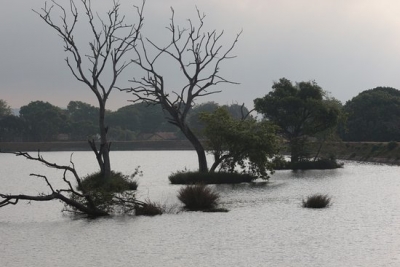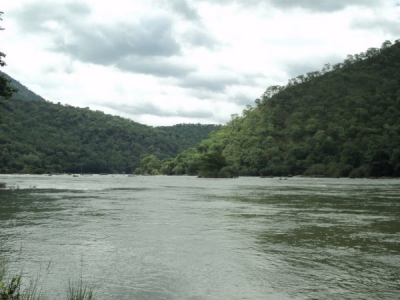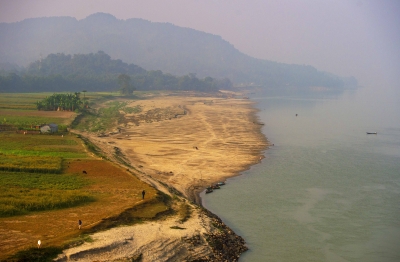
The world’s deepest freshwater lake is Lake Baikal located in Siberia. It holds more than 20 per cent of the unfrozen fresh water on the surface of the Earth and is the oldest freshwater lake in the world – it is estimated that the lake has been here for about 20 million to 25 million years. This magnificent natural water body is known as the ‘Galapagos of Russia.’ Its age and isolation have led to the existence of some of the most unusual and exceptional freshwater fauna of the world, making it a hotspot for evolutionary science.
Baikal is home to a great variety of animal and plant species that cannot be found anywhere else on the planet. Of the rare species here, the Baikal seal (also called the nerpa) is the only species of seal in the world to exist in a freshwater habitat. Since the lake lies hundreds of kilometres inland, it remains a mystery as to how the ancestors of these seals arrived in Lake Baikal. More than 330 rivers and streams enter Lake Baikal- the largest of which include the Selenga, Barguzin, Upper Angara, Chikoy, and Uda. There are a number of industries along the shores of Baikal. Mining (mica and marble), cellulose and paper manufacturing, ship building, fisheries, and timber are some of the prominent ones.
Picture Credit :Google





